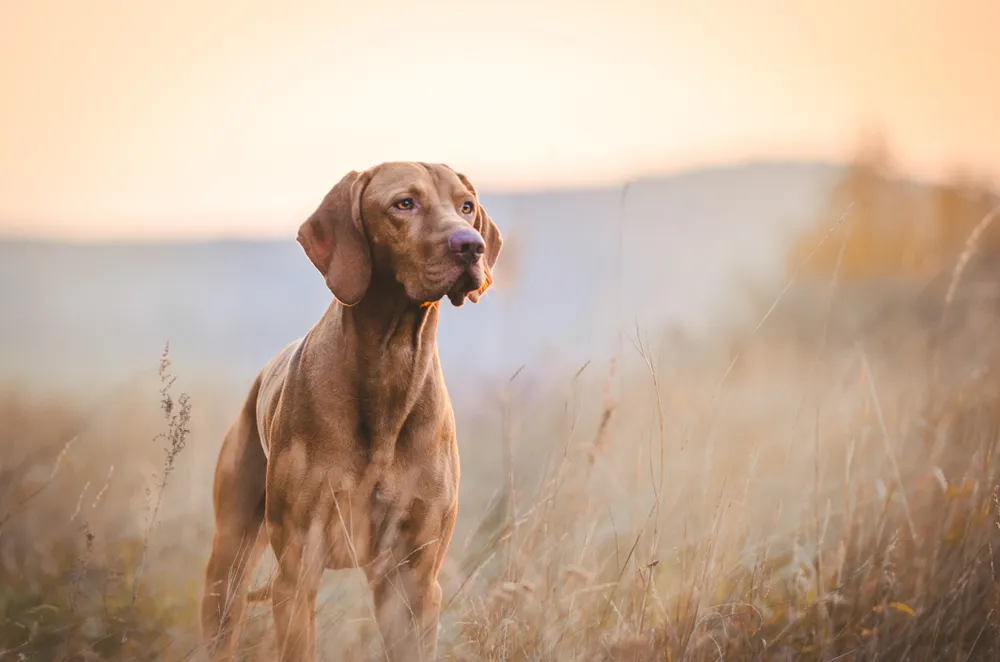In the wonderful world of dog adventures full of nose-down explorations and tail-wagging fun, a small but significant danger lurks known as foxtails. Now, you may wonder: what is a foxtail? We’re not referring to part of a fox’s anatomy. Foxtails are a type of seed that can cause significant trouble for your pup.
Foxtails, as unassuming as they may seem, have a knack for embedding themselves in your dog’s coat and skin, leading to uncomfortable and sometimes dangerous situations. Summer is peak foxtail season, so just when your pooch is itching to frolic in the sunny outdoors, these little dog hitchhiker seeds are ready to cause trouble.
Proactive grooming practices can prevent these grassy culprits from causing harm to your pup’s health. At Barkbus, our groomers are pros at identifying skin issues and promoting healthy, foxtail-free coats. Don’t let these pesky seeds ruin your pet’s summer joy by scheduling a grooming appointment with Barkbus!
Read on to learn more about foxtail grass identification, and how to prevent them from causing trouble for your pup.
Understanding the Foxtail Plant
The foxtail plant is a type of wild grass that produces seed heads. These grasses have numerous barbed spikes — sometimes referred to as dog burrs — that can easily become embedded in your pup’s fur and skin.
If your pup comes in contact with foxtails, they can migrate through their fur and even work themselves into their paws, ears, nose, and eyes. As they travel, these barbed seeds can cause pain and irritation — or worse, lead to an infection if they’re not properly removed.
What Does Foxtail Look Like?
Foxtails get their name from the way their long, thin seed heads resemble a fox’s tail. Other popular names for this grass include “bristle grass,” “pigeon grass,” or “cattail grass.” These plants produce several spiky seed heads that start off green and then turn to a golden brown color over time.
Some variants can have purple or pink-tinted seed heads, too. The foxtail plant bristles can range from less than an inch to larger seed heads that are up to six inches long.




